Late to Lunch (1987, with general release in 2009)Starring: John Carpenter, Donna Fox, and Michael Schwendamen
Director: John Carpenter
Rating: Eight of Ten Stars
Our hero (Carpenter) must overcome overzealous police officers, judgmental relatives, a romantic rival (Schendamen) and his own tendency to oversleep if he is to finally win the hand of the woman he loves (Fox).
"Late to Lunch" is film history lecturer and preservationist John Carpenter's love letter to the silent comedies of the 1920s--with those starring and/or written by Charley Chase being an especially large degree of affection.
Although Charley Chase doesn't have the name recognition of Charlie Chaplin or Buster Keaton, he should. Chase's comedies--whether they were silent films or talkies--were almost always tightly plotted and precisely executed affairs. A Chase comedy is a like a superbly engineered and well-oiled machine with gags feeding into other gags and if a story element appears somewhere in the film, it will be incorporated into either a joke or dramatic twist before the film's over. Chase's films are also very much front-runners to the modern-day sit-com, with a misunderstanding or minor cultural misstep that spirals into a big deal and expanding chaos. A Chase character is usually trying to solve problems and just get along with his everyday life rather than cause them, and his characters are almost always charming, Jazz Age Everymen. They may sometimes be upper class, but more often than not, they are just white collar workers... but they are always charming and goodhearted.
It's in this mold that John Carpenter created "Late to Lunch". He portrays an Everyman character who wants to have a happy life with his girlfriend, but circumstances are getting in the way. Hilariously so... at least for the viewers! Things keep going from bad to worse for our hero, as situations keep compounding each other, and it's all very enjoyable and logically within the film's world.
One great thing about this film is that Carpenter and his cast and crew avoid some of the most common pitfalls that often plague films that try to emulate works from the silent era.
First, Carpenter puts as much emphasis on story as one would in a modern film, and just as the creators did Back in the Day. Nothing happens just because it's goofy and all characters behave in a fashion that makes sense within the context of what's going on.
Second, while period costumes and vehicles are used, it's all consistent. Nothing is over-the-top ridiculous for its own sake, be it costumes, make-up, or performances. (Yes, there are times when actors are hamming it up, but when they do, it's either in dream sequences or in keeping with stylistic flourishes from the emulated period. In fact, everyone performing in this film both encourage viewers to buy into the illusion that they're actually performing in a 100-year-old movie, while at the same time projected the fun they're having while making it through the screen.)
Finally, there's the music. Carpenter chose to score his film with vintage recordings that were actually used in theaters that didn't feature live musicians. While I have said in numerous reviews that I prefer the silent films with custom scores instead of stock music, but what Carpenter did here--using vintage stock music to score a modern silent film--made his homage feel quite authentic.
Speaking of authentic, Carpenter took steps to "age" "Late to Lunch", giving this 1987 film a feel similar to those surviving, beat-up movies from the 1920s. I'd even say that Carpenter did a better job at this than I recall seeing anywhere else--and those digital aging templates I've come across look downright pathetic to what was done with this film.
There are many other great touches in "Late to Lunch" that I am loathe to talk about, because I don't want to spoil the film for when you watch it, but I will say that some of my favorite parts of the film I were playfulness with the intertitles; the extended chase scene and the mugging talking place during it; the romantic scene by the reflecting pool; and the dream sequences and their gentle spoofing of silent era melodramas. All of these sequences are extremely well-done, with an execution that felt exactly like an old silent movie yet with a polish that showed it was made by someone who had the benefit of having studied them and who also had a talent for filmmaking.
There are one or two things I could complain about in "Late to Lunch", but they feel like I'd just be nitpicking. I'm just going to wrap up by stating that if you like silent comedies, you're going to appreciate John Carpenter's tribute to them.
"Late to Lunch" is available on DVD in the "Silent Comedy Classics: 12 Classic Shorts" set from Alpha Video. It's a collection of some of the great movies Carpenter pays tribute to, half of them being Charley Chase vehicles. To say this collection is a bargain is an understatement... and I think it's a great purchase whether you've been watching old movies for a long time or if you've just discovered the joys they offer.

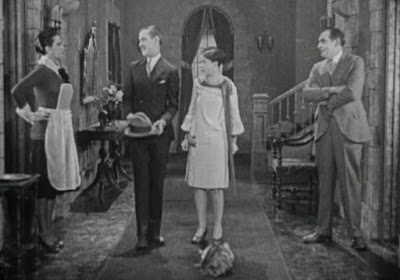
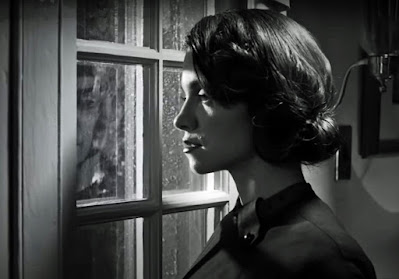


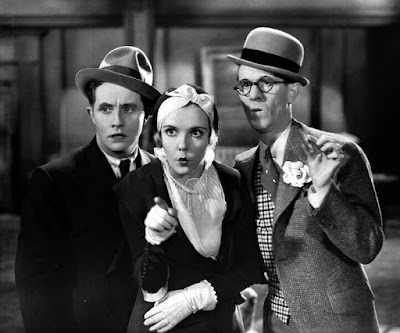



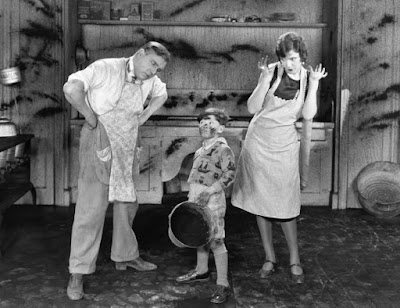
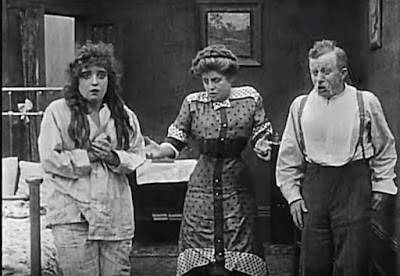
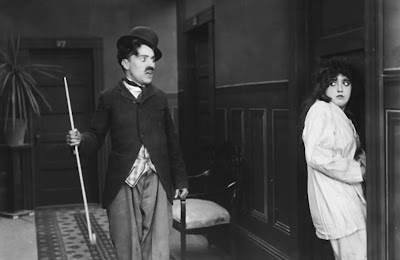

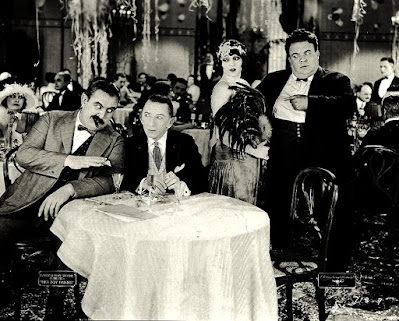
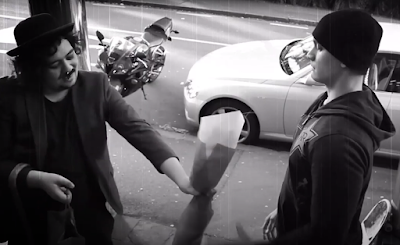
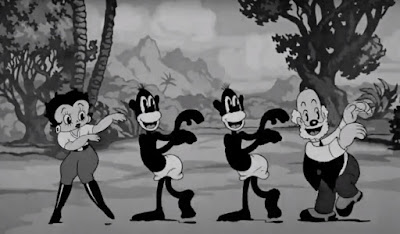
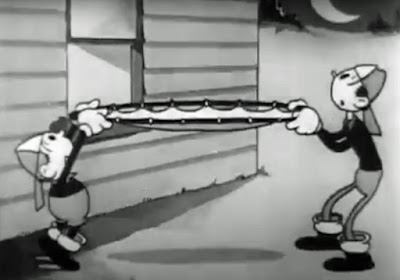

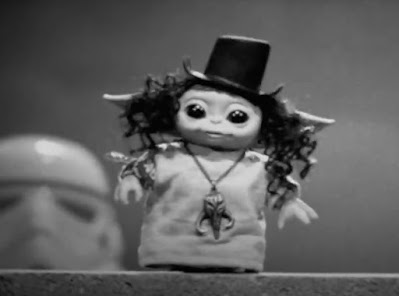
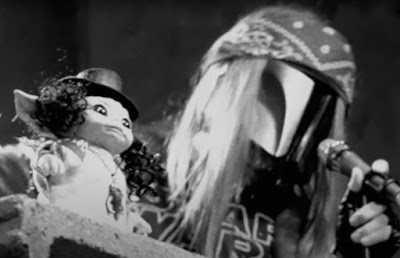
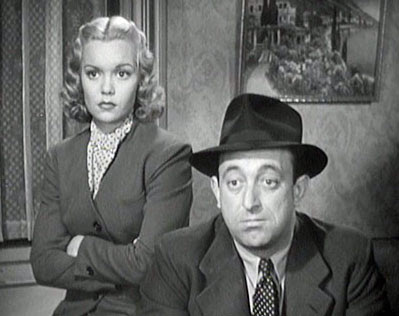


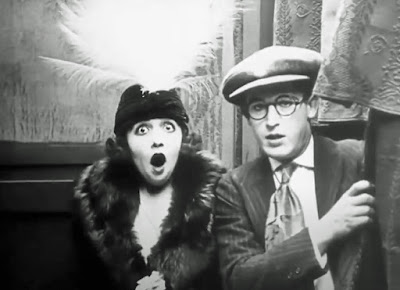












.jpg)






.jpg)
